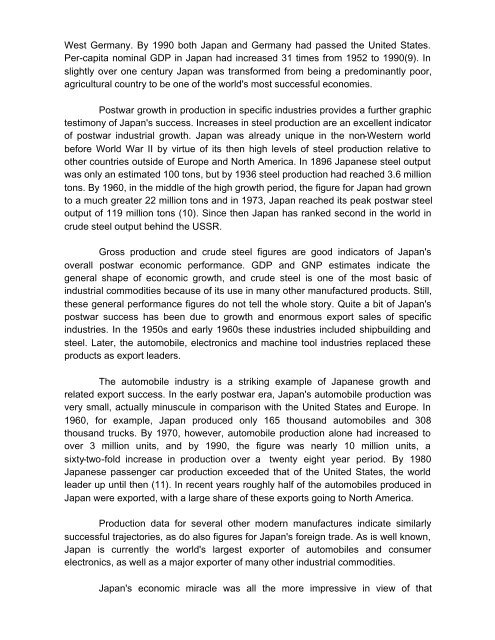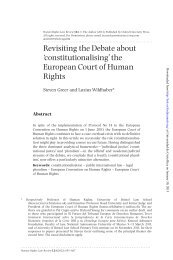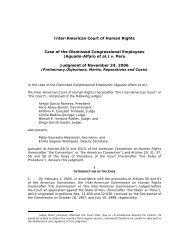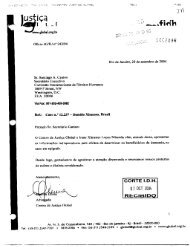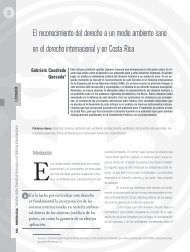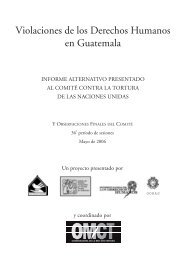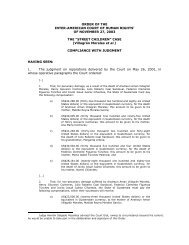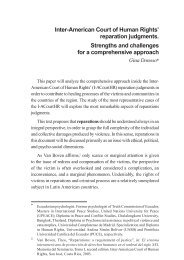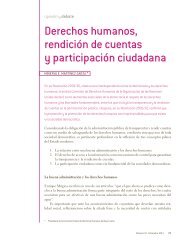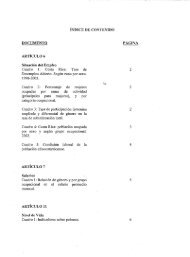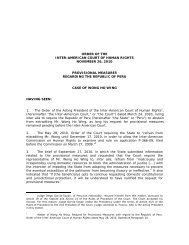The Political Economy of Japan Bradley M. RICHARDSON
The Political Economy of Japan Bradley M. RICHARDSON
The Political Economy of Japan Bradley M. RICHARDSON
- No tags were found...
You also want an ePaper? Increase the reach of your titles
YUMPU automatically turns print PDFs into web optimized ePapers that Google loves.
West Germany. By 1990 both <strong>Japan</strong> and Germany had passed the United States.Per-capita nominal GDP in <strong>Japan</strong> had increased 31 times from 1952 to 1990(9). Inslightly over one century <strong>Japan</strong> was transformed from being a predominantly poor,agricultural country to be one <strong>of</strong> the world's most successful economies.Postwar growth in production in specific industries provides a further graphictestimony <strong>of</strong> <strong>Japan</strong>'s success. Increases in steel production are an excellent indicator<strong>of</strong> postwar industrial growth. <strong>Japan</strong> was already unique in the non-Western worldbefore World War II by virtue <strong>of</strong> its then high levels <strong>of</strong> steel production relative toother countries outside <strong>of</strong> Europe and North America. In 1896 <strong>Japan</strong>ese steel outputwas only an estimated 100 tons, but by 1936 steel production had reached 3.6 milliontons. By 1960, in the middle <strong>of</strong> the high growth period, the figure for <strong>Japan</strong> had grownto a much greater 22 million tons and in 1973, <strong>Japan</strong> reached its peak postwar steeloutput <strong>of</strong> 119 million tons (10). Since then <strong>Japan</strong> has ranked second in the world incrude steel output behind the USSR.Gross production and crude steel figures are good indicators <strong>of</strong> <strong>Japan</strong>'soverall postwar economic performance. GDP and GNP estimates indicate thegeneral shape <strong>of</strong> economic growth, and crude steel is one <strong>of</strong> the most basic <strong>of</strong>industrial commodities because <strong>of</strong> its use in many other manufactured products. Still,these general performance figures do not tell the whole story. Quite a bit <strong>of</strong> <strong>Japan</strong>'spostwar success has been due to growth and enormous export sales <strong>of</strong> specificindustries. In the 1950s and early 1960s these industries included shipbuilding andsteel. Later, the automobile, electronics and machine tool industries replaced theseproducts as export leaders.<strong>The</strong> automobile industry is a striking example <strong>of</strong> <strong>Japan</strong>ese growth andrelated export success. In the early postwar era, <strong>Japan</strong>'s automobile production wasvery small, actually minuscule in comparison with the United States and Europe. In1960, for example, <strong>Japan</strong> produced only 165 thousand automobiles and 308thousand trucks. By 1970, however, automobile production alone had increased toover 3 million units, and by 1990, the figure was nearly 10 million units, asixty-two-fold increase in production over a twenty eight year period. By 1980<strong>Japan</strong>ese passenger car production exceeded that <strong>of</strong> the United States, the worldleader up until then (11). In recent years roughly half <strong>of</strong> the automobiles produced in<strong>Japan</strong> were exported, with a large share <strong>of</strong> these exports going to North America.Production data for several other modern manufactures indicate similarlysuccessful trajectories, as do also figures for <strong>Japan</strong>'s foreign trade. As is well known,<strong>Japan</strong> is currently the world's largest exporter <strong>of</strong> automobiles and consumerelectronics, as well as a major exporter <strong>of</strong> many other industrial commodities.<strong>Japan</strong>'s economic miracle was all the more impressive in view <strong>of</strong> that


